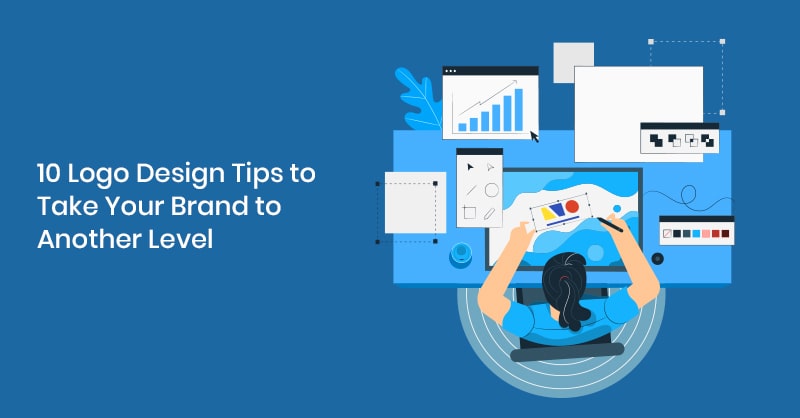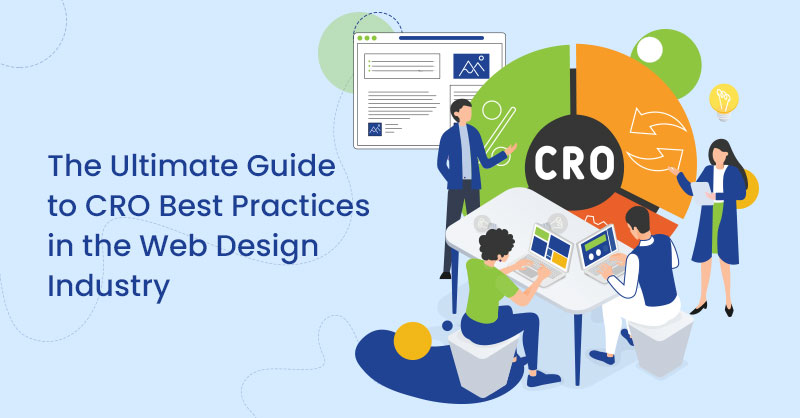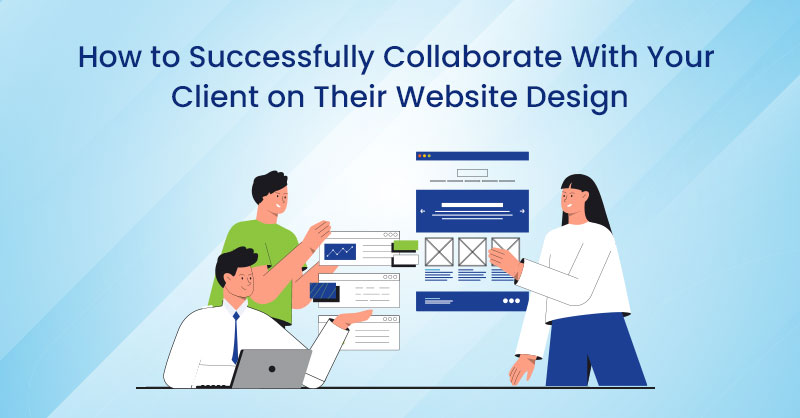A logo is a staple of a business’s brand identity and brand awareness, and if you are a new company, you should make the right decision when designing a logo since your whole brand will depend on it.
As 59% of startup companies prefer buying new products from brands that they already know, it’s clear that having a great logo effective at generating brand awareness is good for your business.
In this article, we’ll take a look at ten best practices for designing a logo that makes your brand authentic, trustworthy and memorable.
1. Reflect The Nature Of Your Brand And Its Business
Before beginning your logo design work, make sure you have a clear overview and insight into your brand.
The logo must communicate the brand’s core values to your target market and target audience. Think about your brand personality and decide what you want your logo to project.
Answer the following questions to help determine what type of logo you should create:
- What is your target audience?
- What are your core values?
- What is your business’s industry and niche?
- What are your brand’s unique value differentiators?
- What is your brand communication strategy and your brand style guide?
- What is the message you would like to convey with your logo?
- Are there any logo designs that you like from companies in the same niche?
When your logo aligns with your business, it creates a trustworthy and reliable brand identity your target audience can relate to. It also gives you a unique brand personality that makes you distinctive on the market.
When your logo design reflects your business and its values, the messaging reflects your target audience's needs and expectations. Designing the right logo can help your startup company to get people’s attention.
2. Think Of The Emotion You Want To Convey
Your logo is one of the first things your prospects and potential customers see, and they form their first impression of your brand based on that.
This is why you need to think about the emotion your logo should stir in people who see it for the first time, as well as those who see it over and over.
Are you a consumer brand, or do you provide B2B services? Is your brand tone and messaging generally playful or serious? The name of the brand, its imagery, colours and typography should also evoke a certain emotion with customers, so be sure to consider this when designing your logo.
3. Look At Your Competitors
By looking at what your direct competitors are doing in terms of logo design, you will gain an insight into your market's tendencies, what works well, what you should try to replicate and what to avoid.
Think critically about your competitors’ logo design aspects:
- What makes them different from you?
- How can you point out your unique value differentiators in your logo?
- How can you stand out from them in terms of logo design?
- What would you change about their logo?
- Which ones do you like and which don’t you like – and why?
4. Plan Your Colours Carefully
For up to 90% of buyers, brand colour plays a key role in their buying decisions.
Colour has a pivotal role in delivering a brand message and communicating a certain brand characteristic and personality.
Different logo colours communicate different messages: red is typically used for brands that are energetic and expedient, blue is used for brands that instill a sense of togetherness and reliability, green is used for brands that care about growth and wellbeing.
Your logo's colour also depends on your industry and niche: purples and greens are common in financial enterprises, while silver, black and gold are fitting for brands that sell luxury items.
Make sure you don’t use more than one or two colours in your logo. Logo colour as a brand visual identity element will:
- Differentiate and identify your business
- Lend psychology and strategy to your brand
5. Simplify As Much As Possible
A simple logo – that doesn’t use too many elements or consist of too many lines – is more memorable and effective than a complex logo. It captures the attention and imagination of the person looking at it.
One or two colours, a single font and an effective layout, is all it takes for users to get the message at a glance of the logo.
A simple, minimal logo becomes the symbol of a business that contains all the brand stands for, its products, its mission, its core values and its messaging. It is a major part of a sturdy brand identity that becomes a part of the audience’s memory.
When you think about the most successful brands today, they all have very simple and, hence, memorable logos: from Apple’s apple to Nike’s swoosh, the simplicity of these logos translate well to the overall branding of these companies.
6. Choose An Appropriate Typography
Your choice of font is a critical consideration when designing your logo. As with all other visual elements, different fonts evoke different feelings and different brand personality traits.
For example, bold, sans-serif fonts evoke a feeling of modernity and are suitable for IT and tech organizations. Quirky, handwritten fonts reflect a more personable nature and may be suitable for, say, a toy company.
The typeface for the logo must be complementary to the brand personality. This is one of the key elements of visual branding because unappealing fonts tend to reflect badly on people’s response to brand content, according to an MIT study.
7. Choose A Logo That Is Right For Your Business
Logos are generally classified into these distinct types:
- Lettermark: Otherwise known as initial logos, they are useful for streamlining logos if a company has a long or difficult name
- Wordmark: All about typography, this logo type is great for brands that want to emphasize their unique name
- Pictorial mark: These iconographic images are the most common type of logos and usually what we think when we hear the term logo.
- Abstract: Using geometric forms that create something entirely new for the brand, this type of logo is advisable for established businesses with good brand recognition that wish to have a logo as a symbol unique to them.
- Combination mark: Combining a symbol with a wordmark, this type of logo uses a brand name placed next to or integrated with a symbol
- Emblem: These logos combine words with pictorial elements and consist of text integrated with a symbol or icon
Think about what kind of a logo would represent your brand the best and ensure the best brand recognition on the market.
8. Make Your Logo Scalable
Your logo will be featured on a wide variety of advertisements, press materials, digital channels and other platforms. That’s why you should make your logo design easily scalable so that it looks great on all media, regardless of the proportions.
In modern era, it is especially vital to make your logo look good on a company website. A custom website design can help you create your own identity by adding your logo to it. Whether it is content or graphics, you can look distinct by customizing your website and instantly stand out from your competitors.
9. Integrate Your Logo In Your Brand
Your logo is the basis for all the branding your business will need, both online and offline.
The overall look and feel of your logo is the starting point for your brand collateral to gain a seamless, consistent overall look.
Following the above logo design best practices will result in a logo that reflects your brand’s core values and communicates to the right audience, boosting its brand recognition across all channels.
10. Evaluate Your Logo
When the logo design is finished, try to get a second opinion by a “fresh pair of eyes,” meaning friends, potential customers, colleagues, family members etc.
A good logo should be immediately recognizable and should make your brand stand out. A logo that is effective fits seamlessly with your brand’s industry and looks professional.
Observe your finished logo objectively and establish whether it is:
- Memorable
- Unique and distinctive
- Applicable to all platforms and mediums
- Reflecting your brand identity
- Future-proof
Also, ask yourself these questions in order to evaluate your logo:
- Is it versatile, and can it be applied to everything your business needs?
- Is it simple enough for customers to remember it?
- Does it set you apart from your competitors?
- Is it timeless enough so you won’t have to redesign it in a while?
Final Thoughts
A logo is a big part of your brand’s identity. Utilize these design tips to ensure that you’re creating the best logo possible for your business.
Need help designing your logo or website? TechWyse offers a wide range of creative services that can help you make a memorable first impression. Get in touch today to learn more.







on
Our team of experienced designers will work with you to create a unique and visually appealing logo that captures the essence of your business. We’ll take the time to understand your brand, your target audience, and your goals, and we’ll use that information to create a logo that is both professional and appealing to your target audience.
on
Very comprehensive and informative explanation. Thank you for this amazing post. Love your work!Thanks for writing such an amazing and informative article. Logos are important for a business as it creates the first impression. Colours and typography are two components of logos that we can’t miss.
on
Thanks for sharing this blog on logo design tips very useful blog for designers.
on
When we start a business website, we have to need to design a logo for the website. We need to be careful because if we have created a good logo, it may benefit brand value and business. So thanks for sharing this useful information.